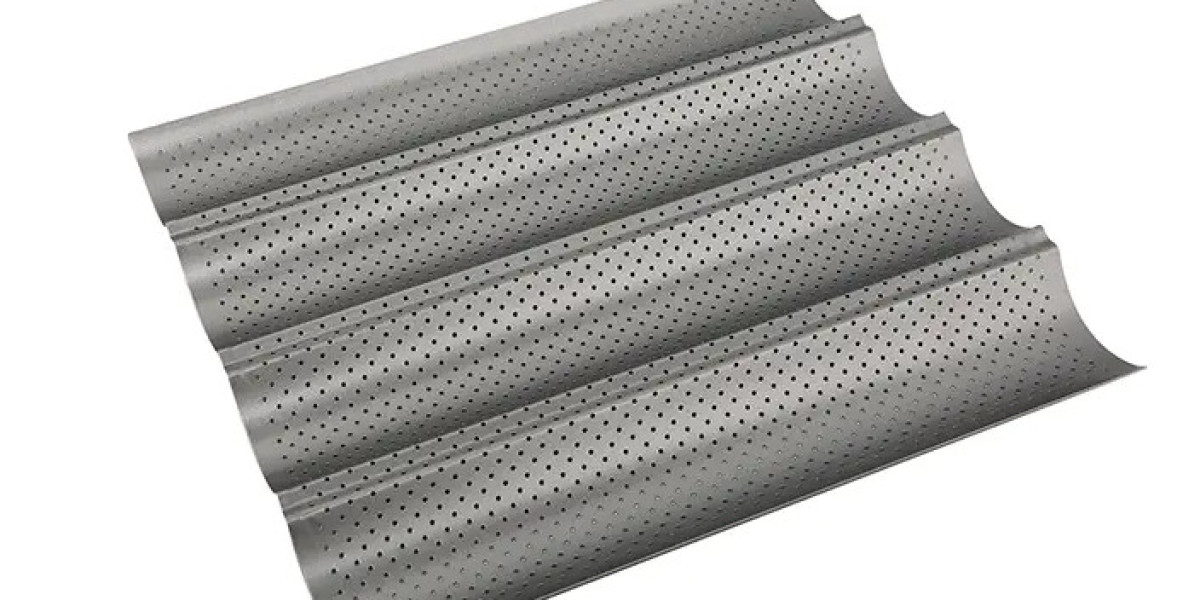Baguette pans are designed specifically to meet the needs of bakers aiming to produce traditional baguettes with consistent shape and texture. The unique features of these pans offer several benefits that improve the baking process and final results.
One of the key advantages of baguette pans is their shape. The pans contain elongated, narrow grooves or molds that cradle the dough during proofing and baking. This design supports the dough structure, helping it maintain the characteristic long and slender form of a baguette. By restricting the dough from spreading out, the pan contributes to more uniform loaves, which is especially useful in professional and commercial baking environments.
Material selection is another important feature of baguette pans. Commonly made from carbon steel, aluminum, or aluminized steel, these materials offer good heat conduction that promotes even baking. This ensures that the bread crust develops evenly across the surface of each baguette, which helps avoid undercooked or overcooked areas. The durability of these materials also means that the pans can withstand frequent use and exposure to high oven temperatures.
Surface treatment is often applied to baguette pans to improve functionality. Many pans feature a non-stick coating, which simplifies the release of baked bread and reduces the need for additional greasing or flouring. This non-stick surface also helps keep the pan clean and makes maintenance easier. Some pans come uncoated, allowing for seasoning, which can appeal to bakers who prefer traditional baking methods.
Baguette pans typically have reinforced edges and rolled rims, which add structural strength and improve user safety by reducing sharpness. These features help prevent warping during heating and extend the lifespan of the pan. Additionally, the rolled edges make handling easier and more comfortable, especially when transferring the pans in and out of ovens.
Another beneficial feature is the pan’s capacity to hold multiple baguettes at once. This allows for efficient use of oven space and time, supporting batch baking. Whether in a commercial bakery or a home kitchen, this capacity helps bakers produce several loaves in a single baking cycle, which can be more convenient and productive.
The versatility of baguette pans extends beyond traditional bread baking. They can be used for a variety of dough types and recipes, including whole wheat or flavored breads. The consistent shape provided by the pan also allows bakers to experiment with different hydration levels and fermentation techniques while maintaining control over loaf form.
Cleaning and maintenance are considerations in the design of baguette pans as well. Non-stick coated pans generally require less effort to clean, while uncoated pans might need special care such as seasoning or hand washing. Many manufacturers design pans that balance ease of cleaning with durability.
In summary, baguette pans offer a combination of shape control, material benefits, surface treatments, and practical features that support consistent and efficient baking. Their design elements contribute to better dough handling, improved baking results, and convenient maintenance, making them a useful tool for bakers at different levels.








